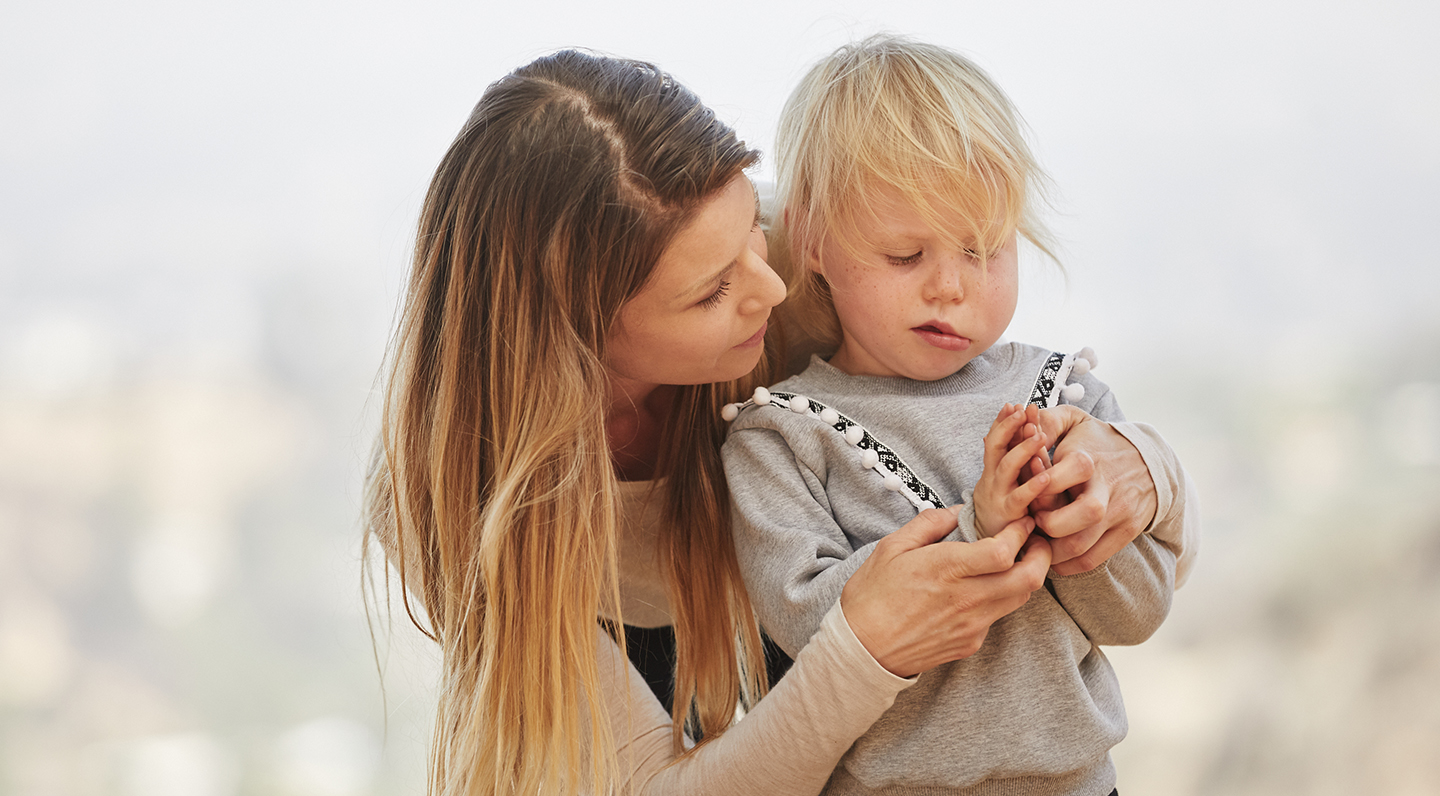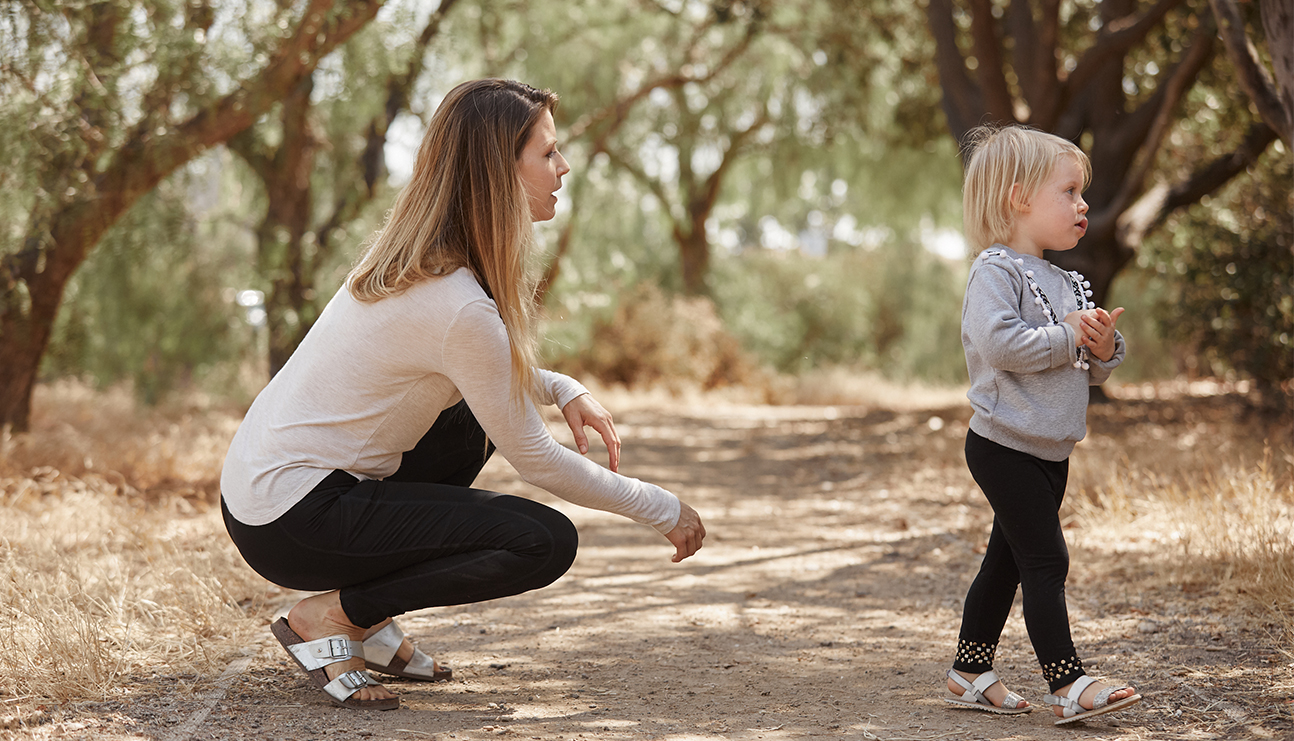Looking for a Positive Alternative to Time-outs? Try A Time-in.
Stephanie Gatschet
Every parent knows the dreaded feeling: your kid is getting wildly out of control, misbehaving, testing your limits, and it seems as if nothing will get them to listen! That’s about the time frustration gets the best of us, and we employ the classic fix-it tool: “time-out.” But how well does time-out work? Often, the child simply carries his or her riled up energy and extreme emotions into the corner (or wherever your preferred time-out space may be). There, the child screams, cries, and you pray they eventually tire themselves out, quiet down, and “learn their lesson.” But in truth, according to Daniel J. Siegel, M.D. and Tina Payne Bryson, Ph.D., authors of the straightforward guide for parents, “No-Drama Discipline,” this common tactic doesn’t teach children how to handle their emotions in a healthy way, nor does it teach them how they can constructively change their behavior. The key element that is missing in the time-out scenario, they say, is connection.

Even though it may seem counterintuitive at first, we can take the opportunity to connect with our child in difficult moments. Even if you’ve moved them to the corner, start with an acknowledgment of their feelings, something along the lines of, “I know you’re angry right now, I understand how hard it is to not get what you want. I get upset sometimes, too.”
This tells your child a.) that you care, and b.) that their feelings are legitimate and OK. Often, this is enough to help diffuse a tense or emotional moment so that your child can begin to think clearly enough for the next important step: direction. With your child feeling that his or her feelings have been validated, you can begin the process of direction toward a more positive outcome (that is, after all, the goal right? It’s not our wish to punish our kids; rather, we want them to change their behaviors).

Self-expression is important to kids, and can possibly help you understand and relate to them better.
Before you can redirect your child’s behavior, they must be able to transition from emotional and difficult to calm and ready. To make the most of your child’s time in “time-out,” switch up the concept, and instead create a more productive “time-in.” Once you have made an emotional connection with your child, here are some simple ideas you can use to create a “calm corner” where they can turn over a new leaf, so that they, and you, can get on with your day in more peace.
- Remind your child to take three deep breaths and relax their bodies. Show them how. If they are resistant, don’t push. But always remind them to try breathing and relaxing (This is a good time for you to remember deep breathing, too! We all need it.).
- Offer your child a drink of water. The simple act of taking a few sips may help pull them out of tantrum mode.
- Keep paper and crayons easily accessible so you can ask your child to draw what he or she is feeling. Self-expression is important to kids, and can possibly help you understand and relate to them better. You don’t need to watch over their shoulder; simply allow them to creatively express themselves. It’s important that they have an opportunity to explore their (often confusing) feelings.
- Your child may like to squeeze a stress ball to let out some physical feelings of frustration, or perhaps they’d like to hug their favorite stuffed animal for comfort.
- Have your child shake up their calm jar and watch it settle until they feel calm.
- My favorite tool involves you, the parent, and it’s a fun one to use after you’ve made your emotional connection with your child: very playfully start “The Gratitude Game” or “Happy Thoughts Game.” As you can probably guess, this simply involves taking turns saying happy thoughts or naming the things you’re grateful for. Keep going for as long as you can, until the mood has shifted. Believe me, you’ll feel it!
Stephanie Gatschet MS, CNC, founder of BioVie Nutrition, is a clinical nutritionist and Certified Nutritional Chef based in San Diego, CA. She uses functional, holistic nutrition principles to create personalized plans honoring the unique bio-individuality and lifestyle of each client. She teaches meditation for adults and children at the Kadampa Meditation Center San Diego and elsewhere, and is mother to Vela (age 4).
*Resource: Siegel, D. & Payne, T. (2016) No-Drama Discipline: The Whole-Brain Way to Calm the Chaos and Nurture Your Child’s Developing Mind. New York, NY: Bantam Books.





